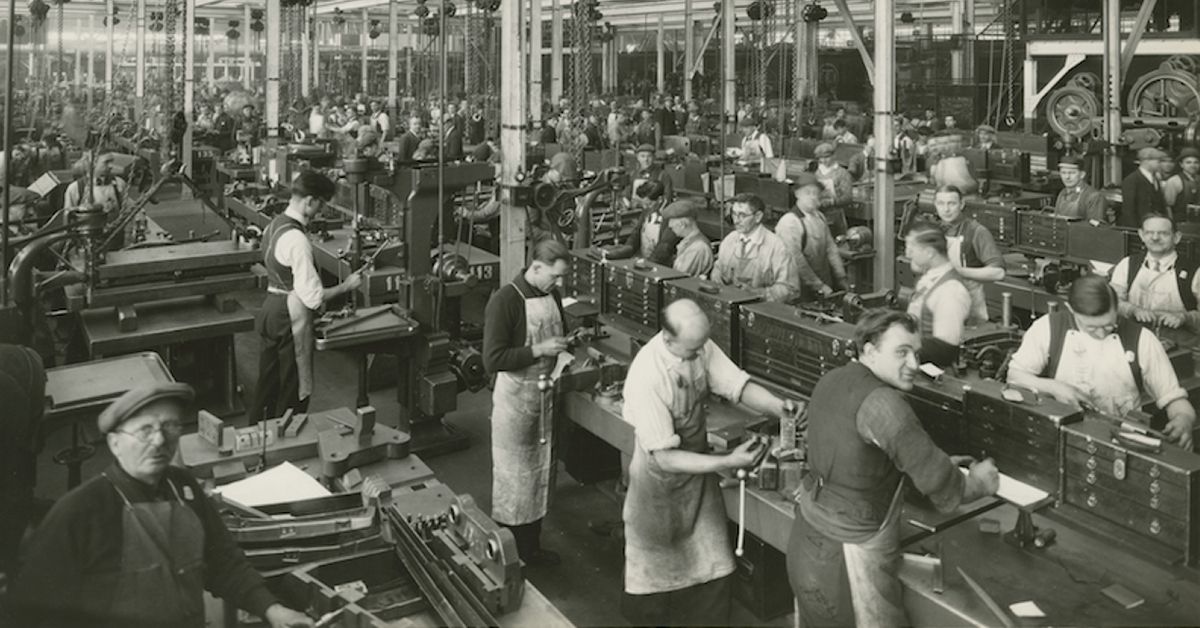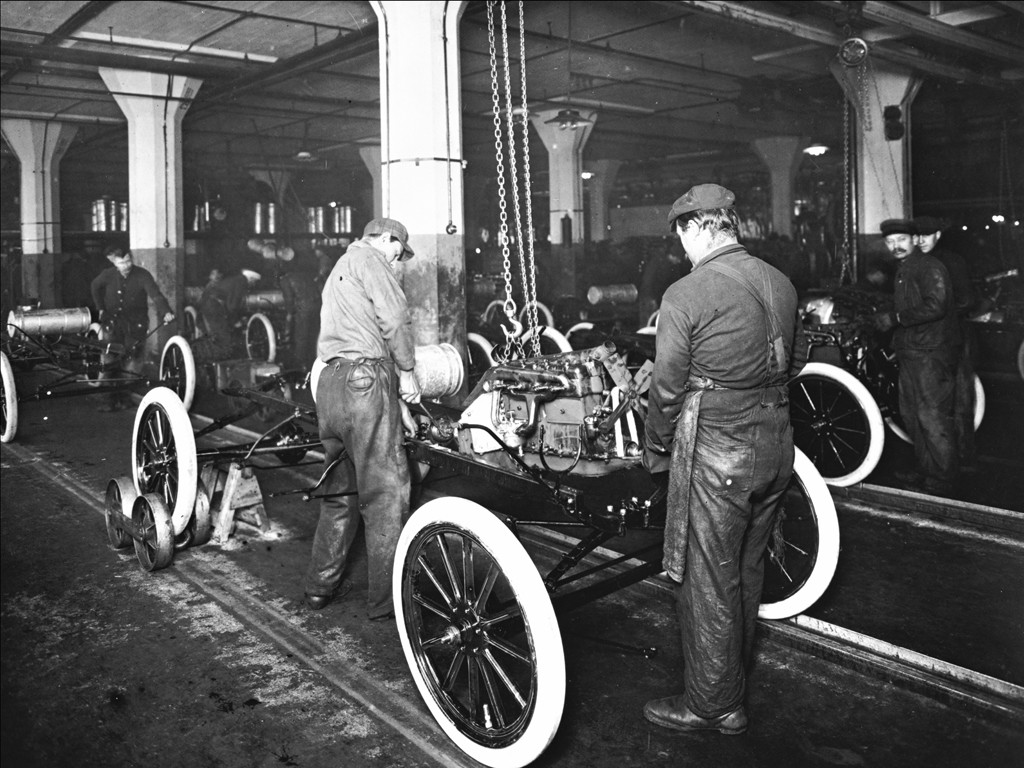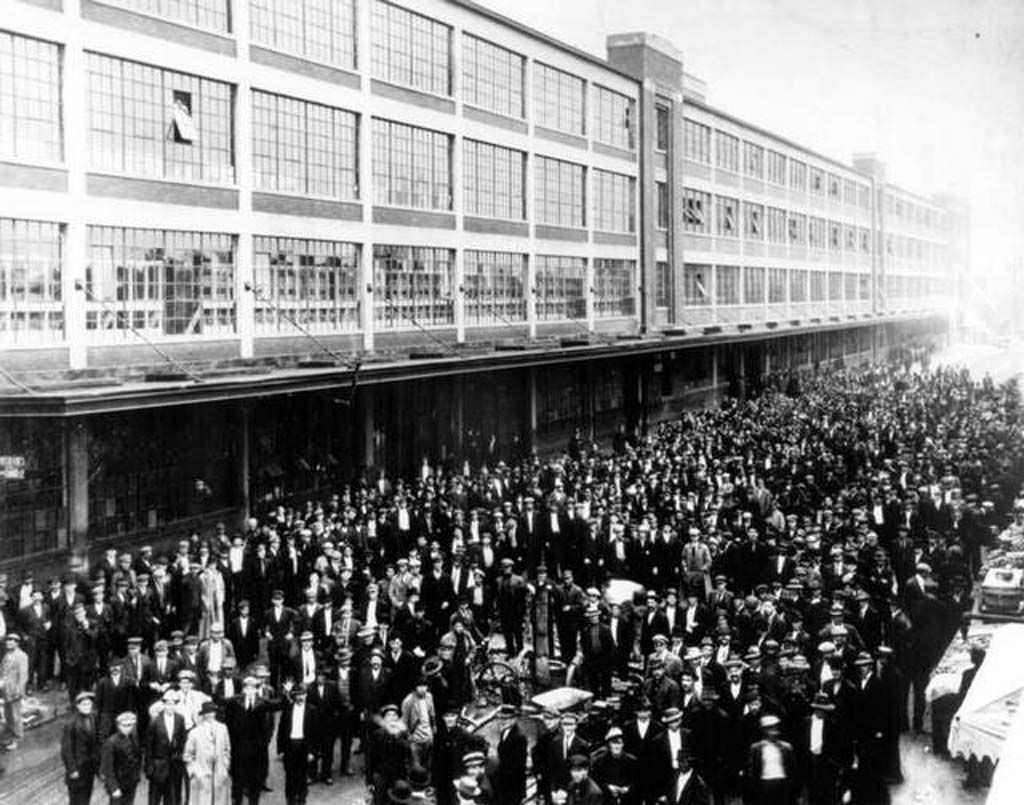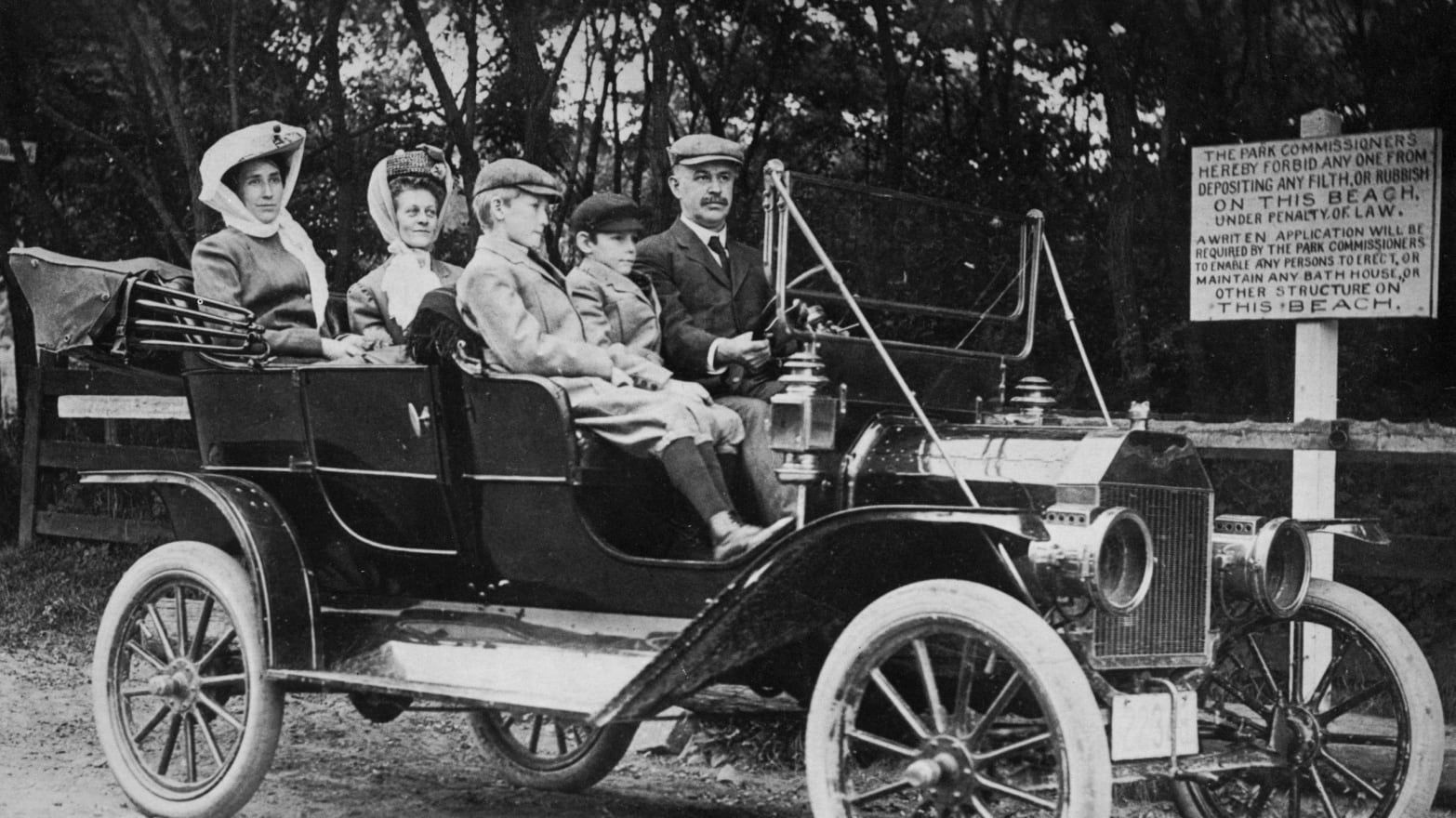By late 1913, Henry Ford’s assembly line was in full swing. Production of the revolutionary Model T amped up and Ford’s dream of making cars faster for less was turning into a reality.
At the time, workers received $2.34 for a nine-hour day. That, however, changed in January 1914, when Ford offered to pay workers $5 for an eight-hour day, more than double their previous wages.
While the decision ultimately paid off for Ford Motor Company, many wondered why the automaker offered such a drastic increase.
Here’s the real reason Ford used to pay workers $5 a day.
High Worker Turnover
Ford workers at the time played an important role in making automotive history but work on the assembly line felt dull and monotonous. Imagine that there’s a conveyer belt with car parts constantly moving past and you only have one job to do, such as putting magnets on flywheels. Now try to picture doing it all day every day.
Many workers found it hard to do the same thing over and over. As a result, Ford Motor Company had a high worker turnover of 380 percent. Jeffrey Pfeffer in his book “The Human Equation: Building Profits by Putting People First” suggests that the high turnover translated into spending more money since finding and training new workers can add up.
Ford had to come up with a solution. Fortunately, the pioneering founder of Ford Motor Company came up with the perfect incentive to not only attract new workers but also keep them around.
Money Talks
Ford wanted to give workers a reason to perform the work necessary within his assembly line system and stay around for the long haul. In January 1914, he offered to pay workers a whopping (at the time) $5 a day and even shaved one hour off from the previous nine-hour day. The response was overwhelmingly positive.
A mass of applicants lined up outside of Ford's Highland Park on the heels of the news with more than 10,000 seeking employment. Without a doubt, the huge jump in wages appealed to would-be workers, and Ford was willing to fork out more to bring them on board.
Impact Of Ford’s Radical Decision
Ford’s decision to raise workers’ wages to $5 a day not only proved to be a smart one but even managed to exceed expectations. According to NPR, profits doubled in less than two years.
Another result of the wage increase is that it turned Ford Motor Company workers into customers. Once the company could make Model Ts for less, many of its workers could then afford to buy one for themselves.
In a piece by The New York Times, Hedrick Smith writes that when workers are generously compensated, as Ford illustrated with its $5 a day, it can result in a company’s growth. The auto industry was never quite the same after Ford’s landmark idea.
Sources: The New York Times, thehenryford.org, Jeffrey Pfeffer “The Human Equation: Building Profits by Putting People First” pp.170-171, NPR.org




